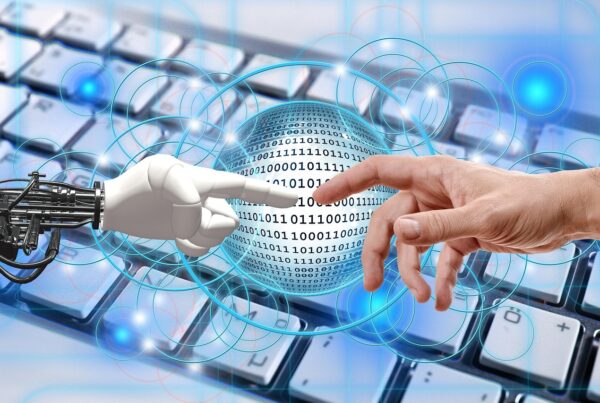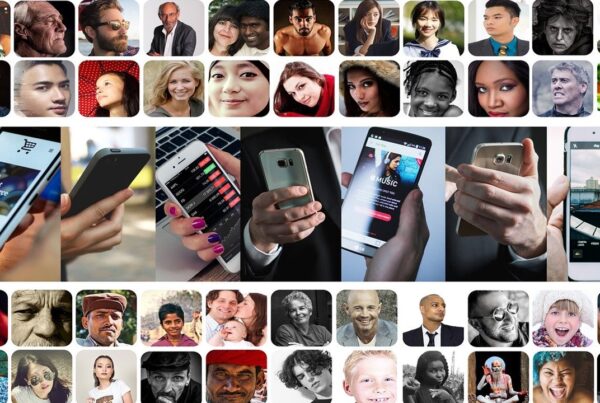AI@Work: What is Intelligent Human Behavior?
AI and intelligent human behavior are not clearly defined. Typically, AI describes the process of machines doing work that would require human intelligence. The term usually includes examining intellect, problem solving and creating computer systems that are intelligent. Sometimes, AI is either weak or strong. Weak AI is a computer mimicking cognitive processes and simulating intelligence. Strong AI implies computers are self-learning and intelligent. Computers can understand and adjust their own behaviors based on prior knowledge or data. Other ways of describing AI include narrow, broad and channel. Narrow AI is the ability of AI to handle one specific task. This task duplicates or replaces human intelligence. Diagnosing skin cancer is an example of narrow AI. Broad AI is capable of exhibiting intelligent behaviors across many processes or tasks. Someday, broad AI systems may even exhibit other aspects of human intelligence. Channel AI is even broader, more influencing and more expansive.
From its beginning AI has been plagued with duality. Success in AI means increased social responsibilities and educational challenges. The impact of AI is difficult for decision makers and the public to understand. Significant progress has been made. Different combinations of reasoning are just a few of the aspects of intelligence. This is necessary for successful AI systems. The duality between the role of humans and the role of machines is only beginning to play out. AI offers humans benefits. These include fewer boring workplaces, safer manufacturing, better travel, and increased security. These smarter decisions may help preserve our volatile habitat (Buchanan, 2006).
Since the beginning, AI has been concerned with creating intelligent machines. These machines formalize thinking in all areas of the human experience. AI has always been about making it easier to work with computers and being more helpful. The impact of AI has the potential to meet and/or exceed any prior technologies. Exploring psychology, reasoning, decision science and behavior puts AI in the position to solve intellectual problems. It can control robotic motions, interpret human language, learn new skills and acquire knowledge by continually analyzing data.
#AI@Work, #WFH, #Virtual Touchpoints, #ThePajamaEffect, #The Visual Connection, #BobbeGB, #BobbeBaggio, #Touchpoints, #Remote Workplace, #WorkFromHome, #PJEffect, #LinkedInNewsLive





